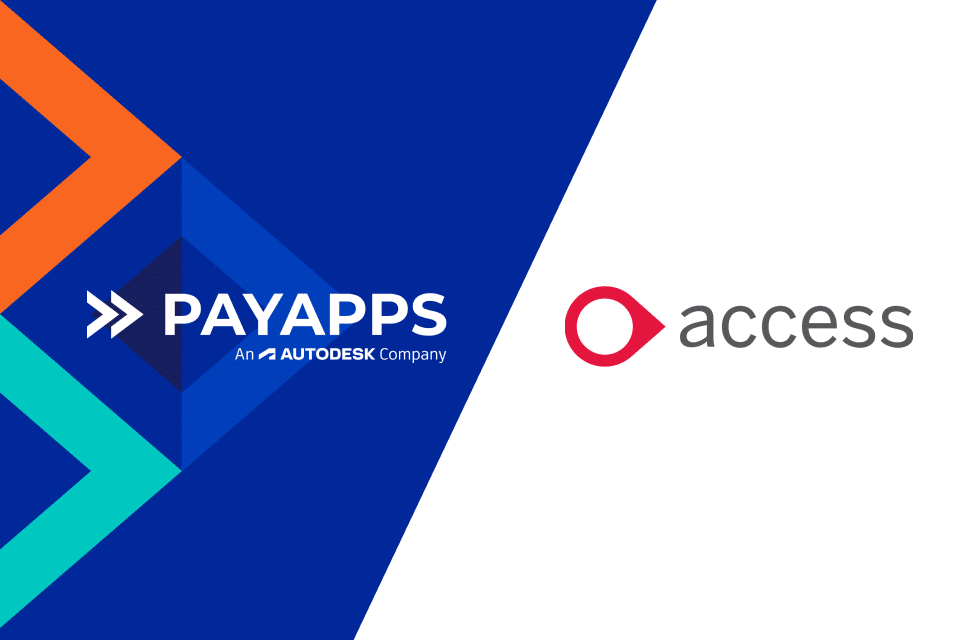How often do we see an idea or practice introduced as a solution for one problem, only for it to be manipulated and abused until it creates a whole new set of problems?
This has certainly been the case for Cash Retentions (often referred to as just ‘Retentions’) in the construction industry. Originally introduced to safeguard against defective work or insolvencies lower down the supply chain, it has unfortunately contributed to late or poor payment practices, and in some cases non-payment for work completed. Many in the industry do not believe retentions are fit for purpose.
The Government held a consultation in 2017/18 to determine if intervention was needed to resolve the issues with retentions. Build UK submitted a joint response with the Civil Engineering Contractors Association supported by the Construction Products Association, calling for retention as a practice and retention clause within contracts to be eliminated altogether by 2025.

What are retentions in construction?
Well, exactly what it says on the tin. A percentage of payment on a construction project is withheld until the contracted work is completed to an acceptable standard. In theory, it should work well, as the subcontractors will be keen to be paid and will therefore ensure the work is completed quickly and satisfactorily. However, the lack of cash flow for the subcontractor is often problematic and they frequently ‘pass on’ the retention further down the chain. If insolvencies then cause a loss of these retention payments, it has a significant impact on cash flow throughout the supply chain. The practice therefore feels disproportionate for what it is trying to achieve.
Unfortunately there are mixed feelings about retentions within the industry depending on where in the chain a company sits. When the issue was debated in Parliament in January 2021, Lord Stunell summed it up: “…there is no consensus within the industry, because there are winners and losers. The winners of the present system are the big companies; the losers are everybody else. The current retention scheme undermines trust and confidence, destroys capacity and deters long-term investment in training and skills.”
Unfortunately the problems faced by the industry last year at the start of the pandemic amplified the issues with the retention system, with many big companies holding onto retention payments to bolster their own cash flow leaving the smaller companies in dire straits.
Download our Retention eGuide to understand more about managing retention and how to get it back.
Build UK construction retention roadmap
So, what can be done to move away from this system? Build UK, as part of their response to the Government consultation, created a roadmap that they believe will guide the industry away from this unfair practice. It recognises that there must still be some form of security for contractors engaging with subcontractors around quality, especially when working with ‘unknown’ companies or individuals who they don’t already have an established relationship with but want the new solutions to be fairer for all.
As a first step, Build UK have provided some minimum standards to be used within project contracts to ensure any retentions still being implemented are proportionate to the work being undertaken. Not only have they provided detailed contract clauses that can be used within construction contracts, but they are also demanding that any arrangements for retentions are no more onerous than those in the main contract, ensuring that those lower down the supply chain aren’t carrying the lion’s share of the burden as is often the case.
Clear and transparent construction retention policies
Build UK are also calling for clear and transparent retention policies from both public and private sector clients, and indeed have already started collating the retention policies currently being used by central Government departments and publishing them on their website. Perhaps most importantly, they are demanding that any retentions are no more than 1% of contract value (from 2021) and be deducted from a single sum at the end of the contract and not from interim payments prior to the completion of work, which has a significant impact on the subcontractors undertaking the work.
Given construction cash retentions will be with us for a while yet, it’s important to be able to have good visibility of them in order to manage them as effectively as possible. Payapps not only allows for the efficient submission and certification of payment claims, but also ensures retention is tracked for every project.
There is still work to be done to remove retentions from the industry altogether, but by taking steps to reduce the burden felt through the supply chain, alternative measures and solutions will naturally become more apparent with a different way of working.
Download our Retention eGuide to understand more about managing retention and how to get it back





